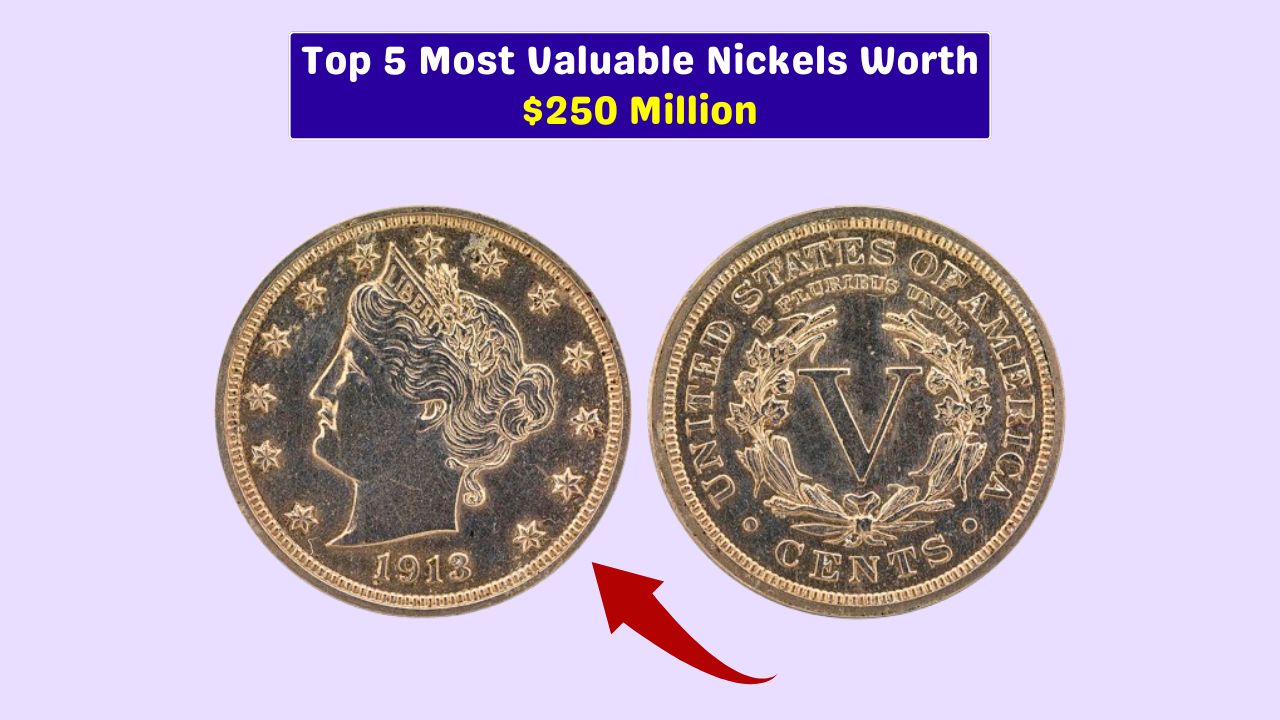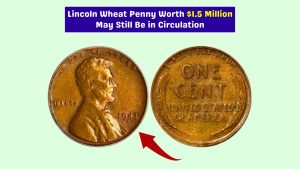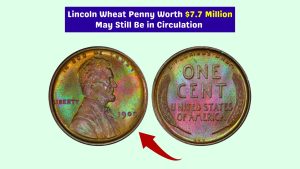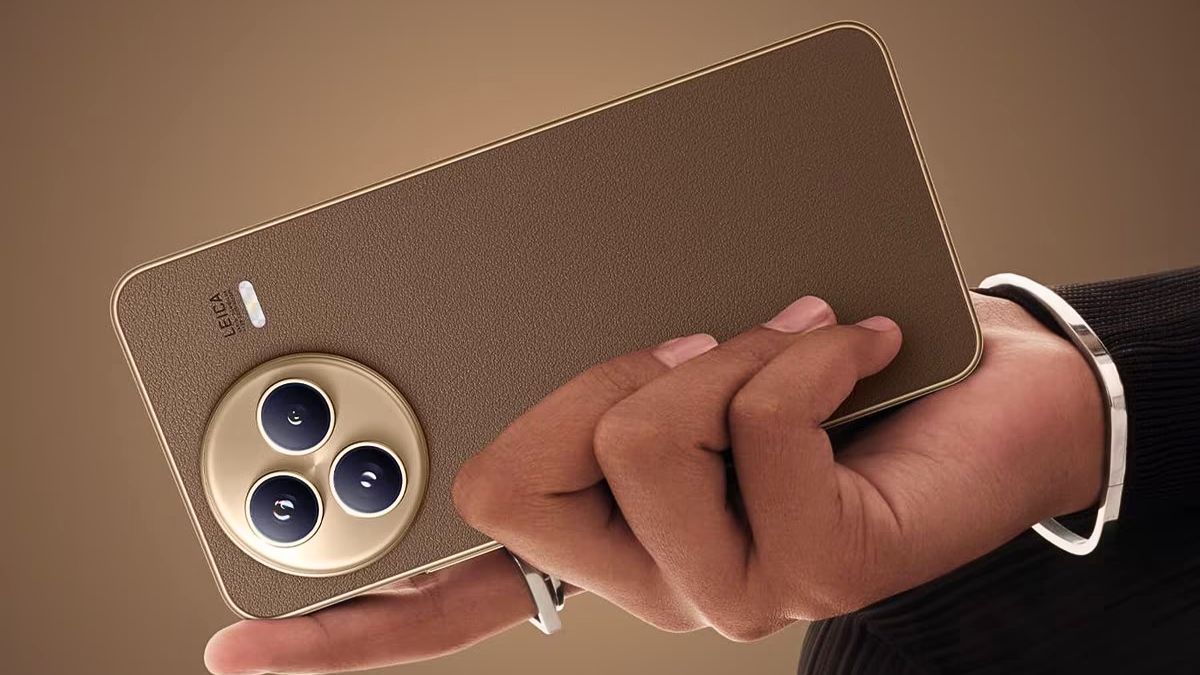That humble five-cent piece jingling in your pocket or forgotten in a desk drawer might be worth a whole lot more than you think. Over the years, certain American nickels have gained legendary status, becoming some of the most sought-after rarities in the world of coin collecting.
While the average nickel you come across will always be worth exactly five cents, a handful of specific dates, mint mark errors, and quirky varieties have skyrocketed in value — some fetching six or even seven-figure sums at auction.
Let’s look into the five most valuable nickels ever struck in U.S. history, their stories, and just how much they can be worth today.
Liberty
No conversation about valuable nickels is complete without mentioning the 1913 Liberty Head nickel. Often called the five million dollar nickel, it’s arguably the most famous American coin rarity of all time.
Here’s what makes it special: it wasn’t supposed to exist. In 1913, the U.S. Mint officially switched from the Liberty Head to the Buffalo nickel design, yet somehow five nickels with the outdated Liberty design and 1913 date were secretly made.
Most historians credit a Mint employee, Samuel Brown, for quietly striking them, then publicly revealing their existence later.
Of the five coins made, three are in private hands and two are displayed in museums. Whenever one of these shows up at auction, it makes headlines. In 2018, one specimen sold for 4.56 million dollars.
Experts believe if another appeared today, it could surpass 5 million. This coin’s appeal stretches beyond numismatics — it’s been featured in novels, movies, and even a famous episode of Hawaii Five-O.
Overdate
The 1918/7-D Buffalo nickel is a legendary overdate error created during World War I. While producing nickels in Denver, a 1917-dated die was re-used and repunched with 1918, leaving traces of the original 7 visible under the 8.
This mistake happened during a time of intense production pressure, and perhaps fewer than 100 still exist in all conditions. A mint state example once sold for 350,750 dollars in 2006, and experts predict it would fetch well over 500,000 today. Even heavily circulated examples command 25,000 to 75,000 depending on grade.
The overdate feature appears in a spot that often wears down quickly, making high-grade examples especially rare. For collectors, it’s a tangible piece of American wartime history — a minting mishap born of necessity and chaos.
Threelegged
Few U.S. coins are as instantly recognizable as the 1937-D Three-Legged Buffalo nickel. This famous variety happened when a Mint worker in Denver over-polished a die, accidentally removing one of the buffalo’s front legs.
Unlike subtle errors, this is one you can spot with the naked eye. Thousands made it into circulation before the error was discovered, but today only around 1,000 to 2,000 examples survive. Values vary depending on condition:
| Grade | Estimated Value |
|---|---|
| Heavily worn (G-VG) | $500 – $1,000 |
| Moderate wear (F-VF) | $1,000 – $2,500 |
| Extra Fine to About Unc. (XF-AU) | $3,000 – $10,000 |
| Uncirculated | $25,000 – $100,000+ |
The finest known piece, graded MS-67, brought 161,000 dollars in 2017. Its clear, distinctive error and rich backstory make it one of the most collectible U.S. mint blunders.
Shield
The 1880 Shield nickel is often overlooked, but serious collectors know it’s a true rarity. Only 16,000 circulation pieces were struck — the lowest mintage of any regular-issue nickel.
Back then, nickels weren’t in high demand, and collectors largely focused on silver and gold coins, so very few examples were saved. As a result, high-grade pieces are extremely scarce.
Values have steadily climbed:
| Grade | Estimated Value |
|---|---|
| Heavily worn (G-VG) | $2,000 – $3,000 |
| Moderate wear (F-VF) | $3,500 – $6,000 |
| Extra Fine to About Unc. (XF-AU) | $6,500 – $15,000 |
| Uncirculated | $20,000 – $75,000+ |
A pristine MS-66+ example sold for 108,000 dollars in 2019. Its value is driven purely by scarcity, making it a classic key date. Watch out for date alterations though — the “0” is often tampered with on common dates to mimic this rarity.
Jefferson
Rounding out the list is the 1950-D Jefferson nickel, the only post-WWII coin to make the cut. With just over 2.6 million minted, it’s the lowest mintage Jefferson nickel and was hoarded immediately by savvy collectors and dealers.
Because so many were saved, circulated examples are easy to find and still bring modest premiums. But in high grades — especially those with crisp, full steps on Monticello — values shoot up dramatically.
| Grade | Estimated Value |
|---|---|
| Circulated | $15 – $30 |
| Uncirculated (MS-60 to MS-65) | $50 – $250 |
| Superb MS-66 Full Steps+ | $500 – $5,000+ |
A standout MS-67+ Full Steps example sold for 15,275 dollars in 2018. It’s a popular, obtainable key date for Jefferson nickel enthusiasts.
As you can see, even the most ordinary-looking nickel can turn out to be an extraordinary find. Check those jars, drawers, and inherited collections — you might just be holding a small fortune.
FAQs
Why is the 1913 Liberty Head nickel so rare?
Only five were secretly made after the design was retired.
What is special about the 1918/7-D Buffalo nickel?
It’s a rare overdate error created during World War I production.
How much is a 1937-D Three-Legged Buffalo worth?
Between $500 and $100,000+ based on its condition.
Why is the 1880 Shield nickel valuable?
It had the lowest mintage of any regular nickel, just 16,000 struck.
Is the 1950-D Jefferson nickel a rare find?
Yes, especially in high grades with Full Steps designation.









